
Tag Archives forages
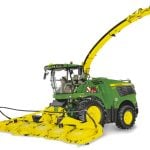
New forage harvesters from John Deere
New 18-litre engine powers 9000 series models
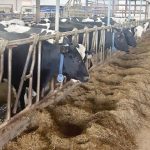
Dairy cows need effective forage fibre
The Dairy Corner: Cud-chewing, or lack thereof, could be an indicator of several problems due to a low fibre diet
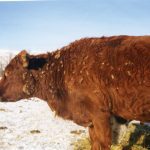
Burdock control is a year-round project
Plants reduce forage production and their sticky burrs can devalue and injure livestock

Economic and ecological benefits of annual forages
Q & A with an expert
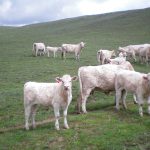
Grass tetany relates to magnesium deficiency
It goes by many names and has many causes

Vitti: A common-sense high-forage diet for dairy cows
It's about finding the proper balance between grain and forage components of the ration

Experimenting with irrigated cover crops
Program helps to extend the grazing season while also helping to benefit the soil

Short and long-term thoughts on forage management
Some good lessons to be learned from more than three decades of experience of what works and doesn’t work
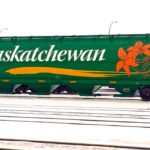
Saskatchewan forage rainfall insurance to adjust for hot spells
SCIC also expanding crop roster for contract price option

Play it safe with high nitrates
Proper management of drought-affected forages can reduce the risk to livestock


